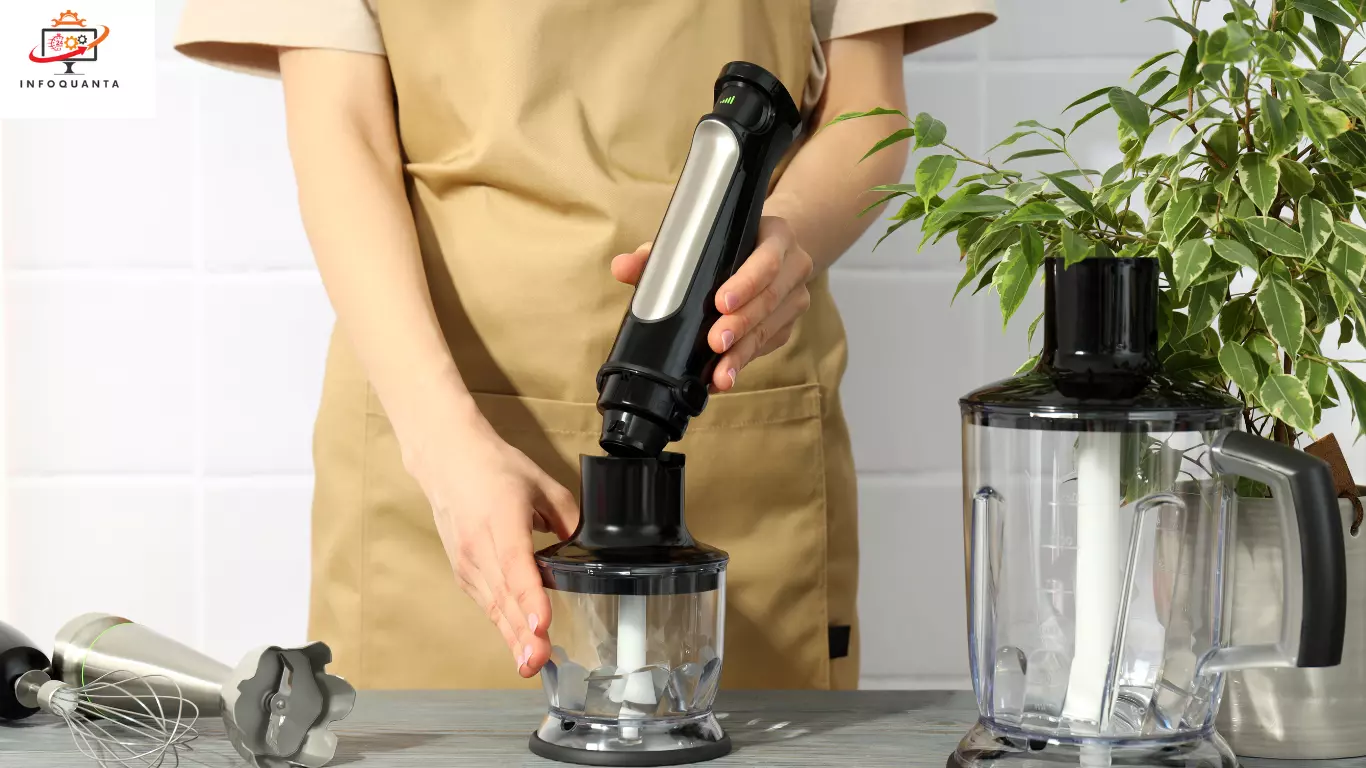When it comes to the art of cooking, understanding the nuances of food precursors can elevate your culinary creations to new heights. Food precursors are compounds found in various ingredients that undergo chemical transformations during cooking, ultimately contributing to the intricate flavors and aromas that make our meals so enticing.
Let’s delve into the world of food precursors and discover their role in the culinary journey.
Food Precursors -Overview
Food precursors are the building blocks of flavor. These compounds are present in raw ingredients and are responsible for the initial tastes and smells that are released during cooking. As heat is applied, food precursors undergo complex reactions such as Maillard browning, caramelization, and enzymatic processes. These reactions generate a wide array of volatile compounds that give rise to the rich and diverse flavors we associate with various cuisines.
Take, for example, the Maillard reaction—a chemical reaction between amino acids and reducing sugars that occurs when ingredients are exposed to high temperatures. This reaction is responsible for the delightful aroma and flavor of toasted bread, roasted coffee beans, and grilled meats. Caramelization, on the other hand, involves the breakdown of sugars and is responsible for the deep, sweet notes found in dishes like caramelized onions and crème brûlée.
Food Processor vs. Blender:
In the realm of kitchen appliances, the food processor and the blender stand out as versatile tools that streamline culinary tasks. While both devices offer convenience, they serve different purposes, making them indispensable for specific cooking endeavors.
Why Use a Food Processor?
A food processor is a culinary workhorse designed to handle a variety of tasks, from chopping and slicing to shredding and kneading. Its multi-functional blades and various attachments make it an excellent choice for preparing ingredients that require uniformity in texture. From creating smooth and creamy hummus to finely chopping nuts for baking, a food processor’s precision and power shine through.
Why Use a Blender?
Blenders excel at transforming ingredients into silky smooth textures, making them ideal for dishes like soups, smoothies, and sauces. The high-speed blades of a blender break down ingredients into a homogeneous blend, ensuring a consistent mouthfeel. Blenders are particularly adept at liquefying fibrous fruits and vegetables, resulting in nutrient-rich beverages that retain their natural flavors.
Why use a food processor vs blender?
Power is relative to the intended use. A food processor’s power is geared towards handling solid ingredients and performing tasks like slicing, grating, and kneading. Its ability to work through dense textures showcases its power in these areas. On the other hand, a blender’s power is optimized for blending and pureeing, excelling in breaking down soft and liquid ingredients into a smooth consistency.
FAQs about Food Processors and Blenders
1. Can I use a blender instead of a food processor?
While blenders can handle some tasks that food processors excel at, such as making nut butters, a food processor’s attachments and blades are better suited for chopping, grating, and kneading.
2. Can a food processor crush ice?
Yes, many food processors have the capability to crush ice. However, blenders are generally more effective for this task due to their design and blade configurations.
3. What should I consider when choosing between a food processor and a blender?
Consider the tasks you frequently perform in the kitchen. If you prioritize slicing, shredding, and chopping, a food processor is your go-to. If smoothies, soups, and sauces are your focus, a blender is the better choice.
4. Can I make dough in a blender?
While some blenders have a dough-making setting, a food processor with a dough blade is better equipped for kneading and preparing dough for bread or pastry.
5. Are these appliances easy to clean?
Both food processors and blenders have removable parts that are dishwasher-safe. However, their complexity may vary based on the specific model.
Conclusion
Understanding the role of food precursors unlocks the secret to crafting extraordinary flavors in your dishes. Meanwhile, choosing between a food processor and a blender depends on your culinary needs, with each appliance offering a unique set of benefits. Both tools are essential allies in the pursuit of culinary excellence, streamlining your kitchen tasks and expanding your gastronomic horizons.

